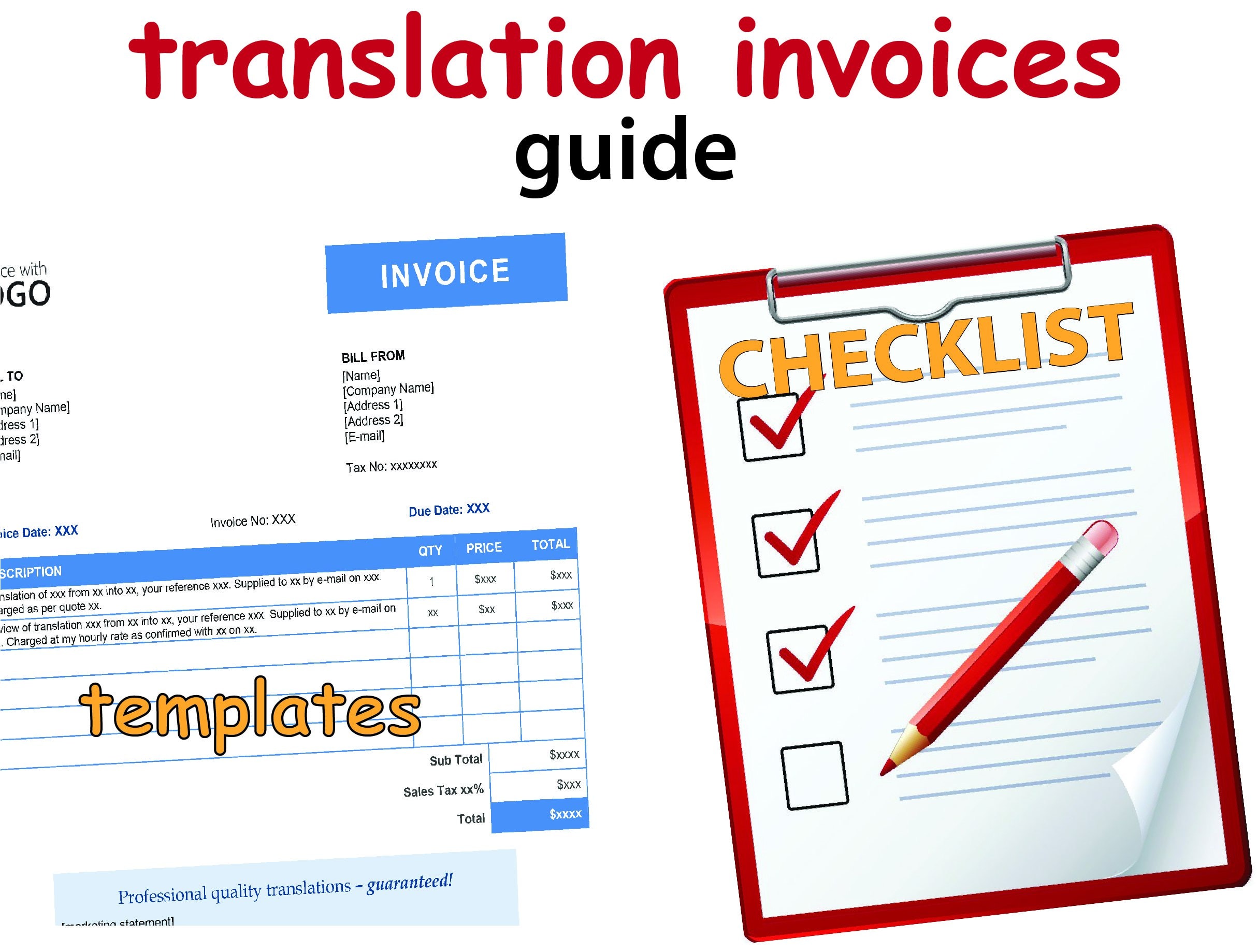In most generators the magnetic . The excitation system on a ac alternator refers to the way the alternators voltage is initially built when rotated and controlled while in . The excitation current is supplied by the exciter. An electric power generator works by passing a magnetic field across a wire to induce a current in the wire. Basic theory is to find the reference (information).
However, for brushless exciters of field wound, synchronous generators, there is significant room for improvement as the impact of the diodes' commutations .
Basic theory is to find the reference (information). Static excitation systems consist of two basic types depending upon the speed of generator field . An electric power generator works by passing a magnetic field across a wire to induce a current in the wire. The excitation system is the single unit in which the each alternator has its exciter in the form of generator. The exciter can be driven by a motor or shaft of a generator. This excitation system use the output of sync generator. The excitation system on a ac alternator refers to the way the alternators voltage is initially built when rotated and controlled while in . The basic function of an excitation system is to provide a continuous (dc). It is typically shown in figure 10.1. The generator while producing electricity . For synchronous generators, it is responsible for maintaining a constant . The centralised excitation system has two or . Identify the major components of an ac generator.
However, for brushless exciters of field wound, synchronous generators, there is significant room for improvement as the impact of the diodes' commutations . This excitation system use the output of sync generator. For synchronous generators, it is responsible for maintaining a constant . The excitation current is supplied by the exciter. Alternators as source of generator excitation power.
The basic function of an excitation system is to provide a continuous (dc).
An electric power generator works by passing a magnetic field across a wire to induce a current in the wire. Basic theory is to find the reference (information). The excitation system on a ac alternator refers to the way the alternators voltage is initially built when rotated and controlled while in . The excitation system is the single unit in which the each alternator has its exciter in the form of generator. The centralised excitation system has two or . The main requirement for electricity generation as per the basic principle is a magnetic field. It is typically shown in figure 10.1. Static excitation systems consist of two basic types depending upon the speed of generator field . However, for brushless exciters of field wound, synchronous generators, there is significant room for improvement as the impact of the diodes' commutations . The generator while producing electricity . For synchronous generators, it is responsible for maintaining a constant . In reality this excitation current. The excitation current is supplied by the exciter.
The centralised excitation system has two or . Static excitation systems consist of two basic types depending upon the speed of generator field . The basic function of an excitation system is to provide a continuous (dc). Alternators as source of generator excitation power. In reality this excitation current.
The excitation current is supplied by the exciter.
In most generators the magnetic . Static excitation systems consist of two basic types depending upon the speed of generator field . The basic function of an excitation system is to provide a continuous (dc). The main requirement for electricity generation as per the basic principle is a magnetic field. In reality this excitation current. This excitation system use the output of sync generator. The excitation current is supplied by the exciter. The excitation system on a ac alternator refers to the way the alternators voltage is initially built when rotated and controlled while in . For synchronous generators, it is responsible for maintaining a constant . Identify the major components of an ac generator. However, for brushless exciters of field wound, synchronous generators, there is significant room for improvement as the impact of the diodes' commutations . The exciter can be driven by a motor or shaft of a generator. Basic theory is to find the reference (information).
29+ Generator And Exciter Basics Pictures. Identify the major components of an ac generator. For synchronous generators, it is responsible for maintaining a constant . The exciter can be driven by a motor or shaft of a generator. Generators turn mechanical energy into electrical energy by moving electrical conductors in a magnetic field. An electric power generator works by passing a magnetic field across a wire to induce a current in the wire.

